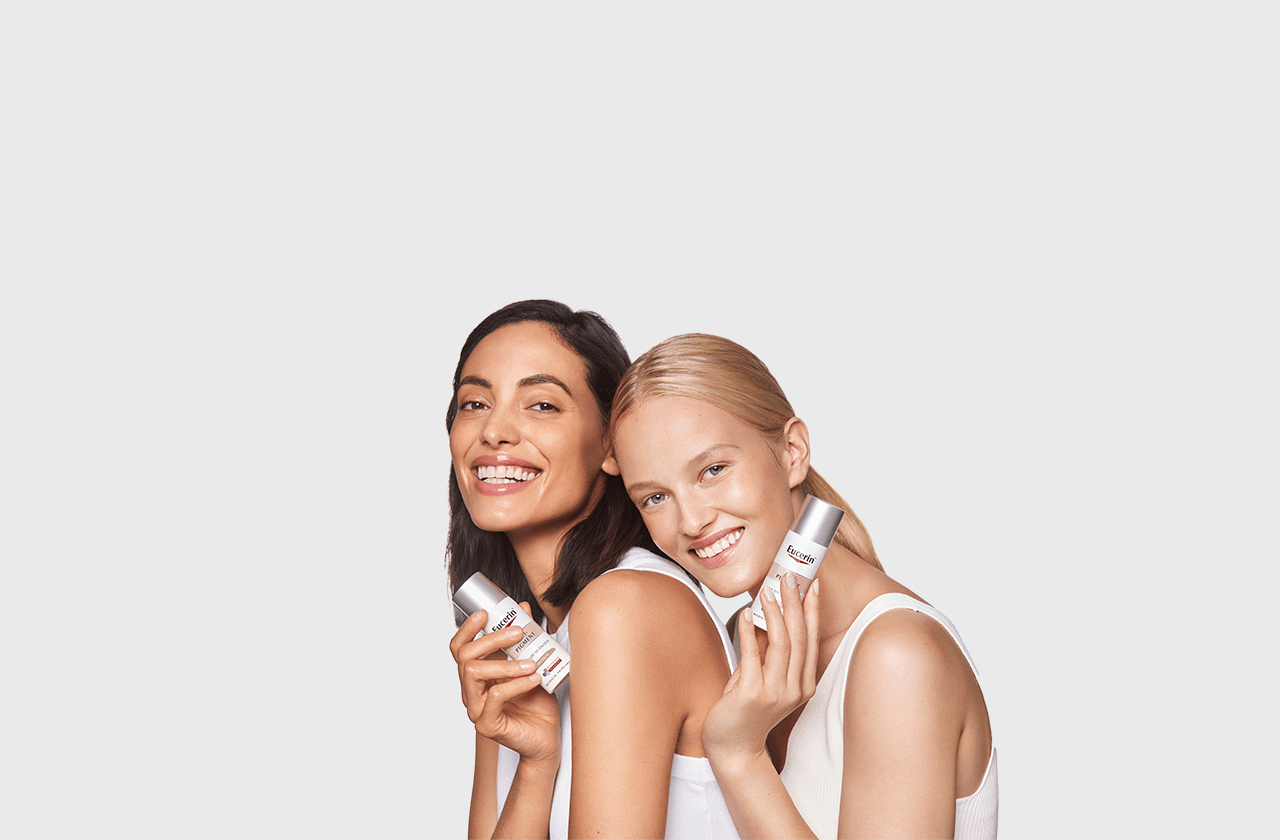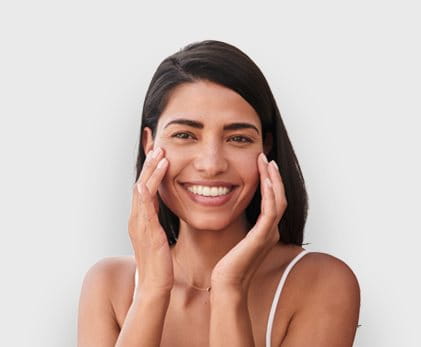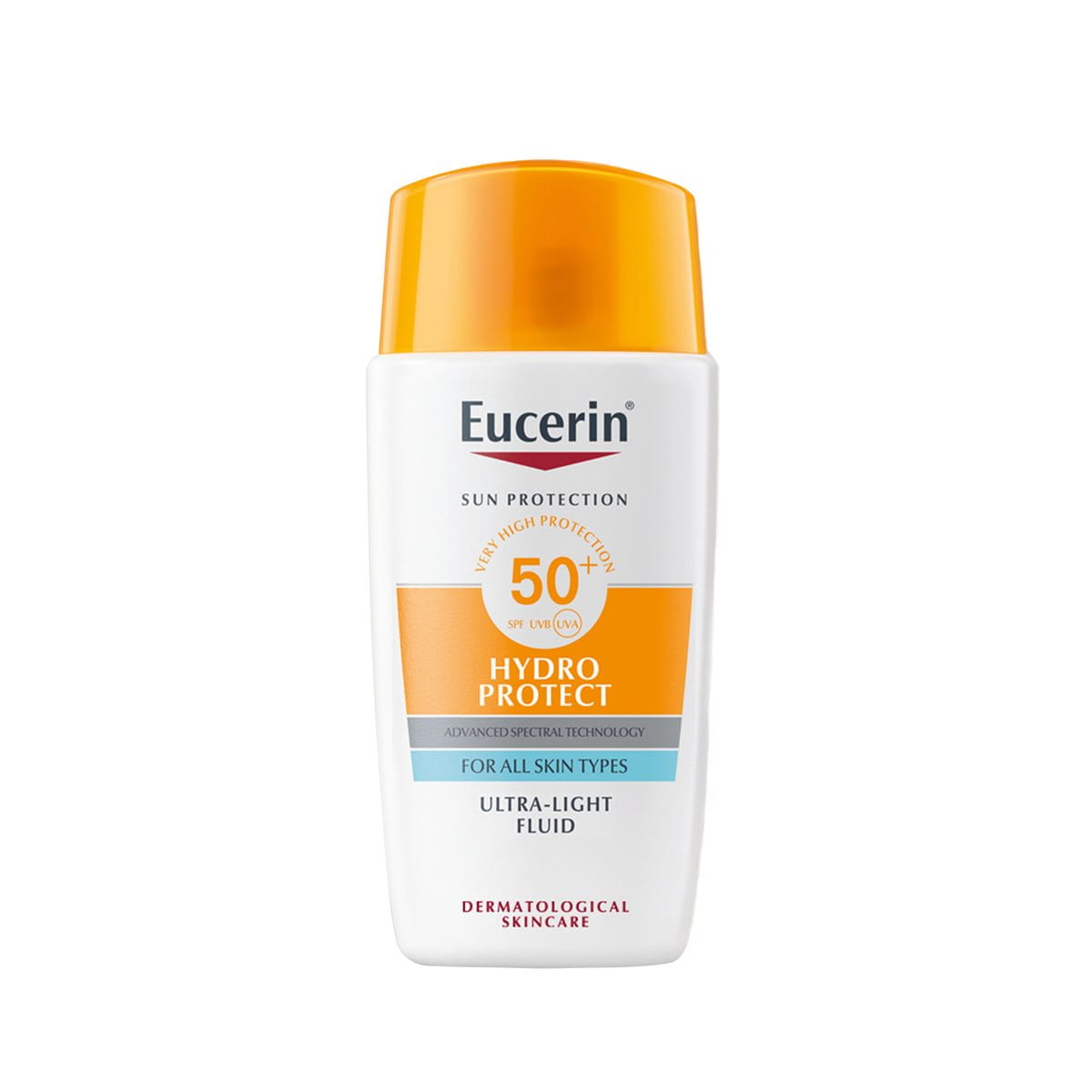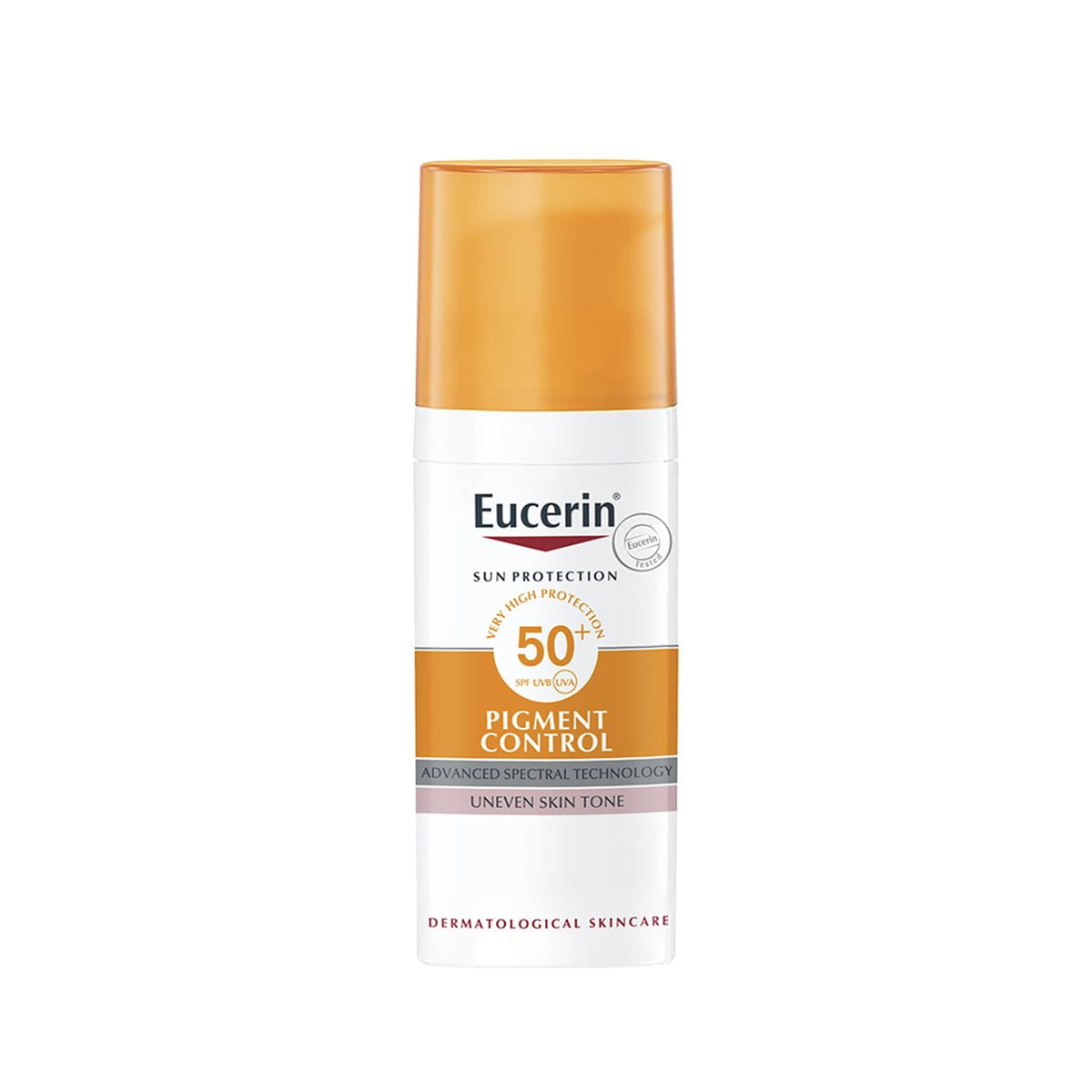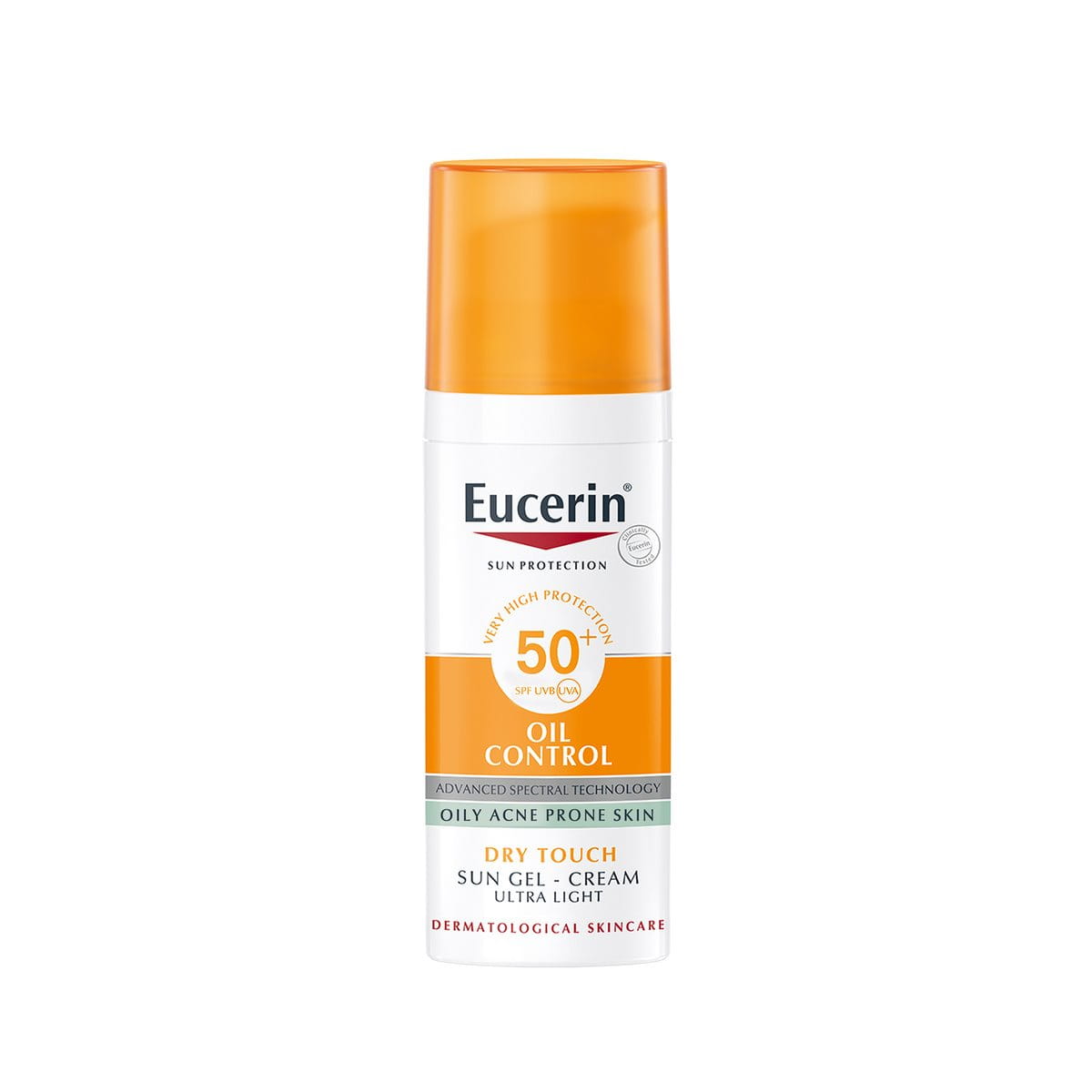Have you been noticing freckles-like spots on your face recently? If so, then these are sunspots, or solar lentigines, a type of hyperpigmentation that manifests on areas exposed to the sun. You may notice these in clusters or singular spots along the shoulders, face, hands, etc.
Since sunspots are noncancerous, the issue isn’t a medical one. However, the desire for even skin tone can have individuals wondering, "How to get rid of sunspots on the face?" Let's explore the ways to do so in the article below.
Keynotes:
- Chronic UV radiation is one of the primary causes of sunspots, alongside genetics, age and air pollution.
- Mild cases can benefit from skincare products with topical actives, whereas persistent pigmentation may require laser therapy or cryotherapy.
- Effective skin care sunspot treatments include targeted serum, soothing moisturiser and broad-spectrum sunscreen SPF 30.
- Preventative methods, such as reapplication of sunscreen and wearing protective clothing, can help manage sunspots.

